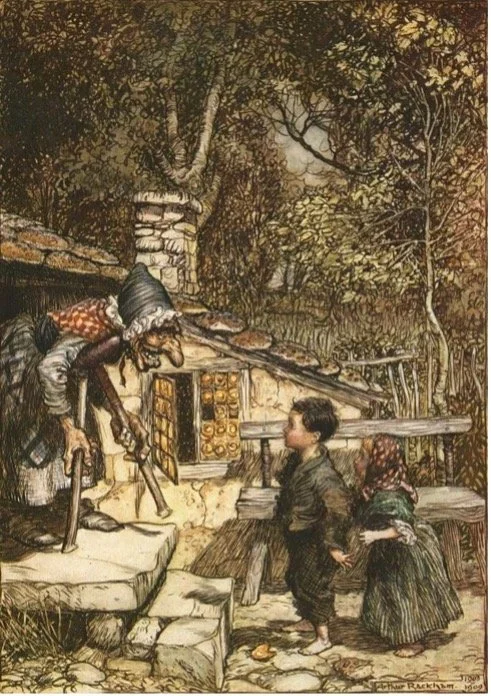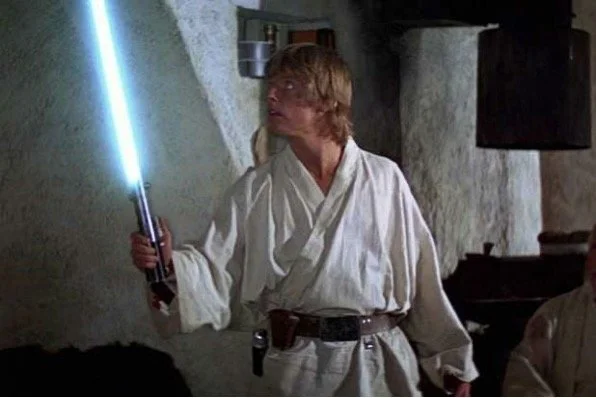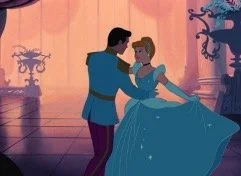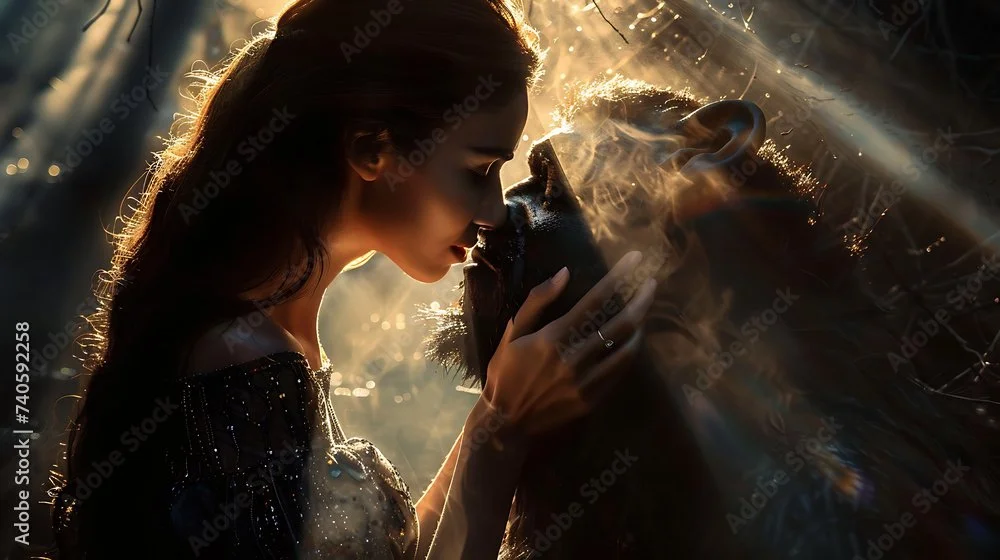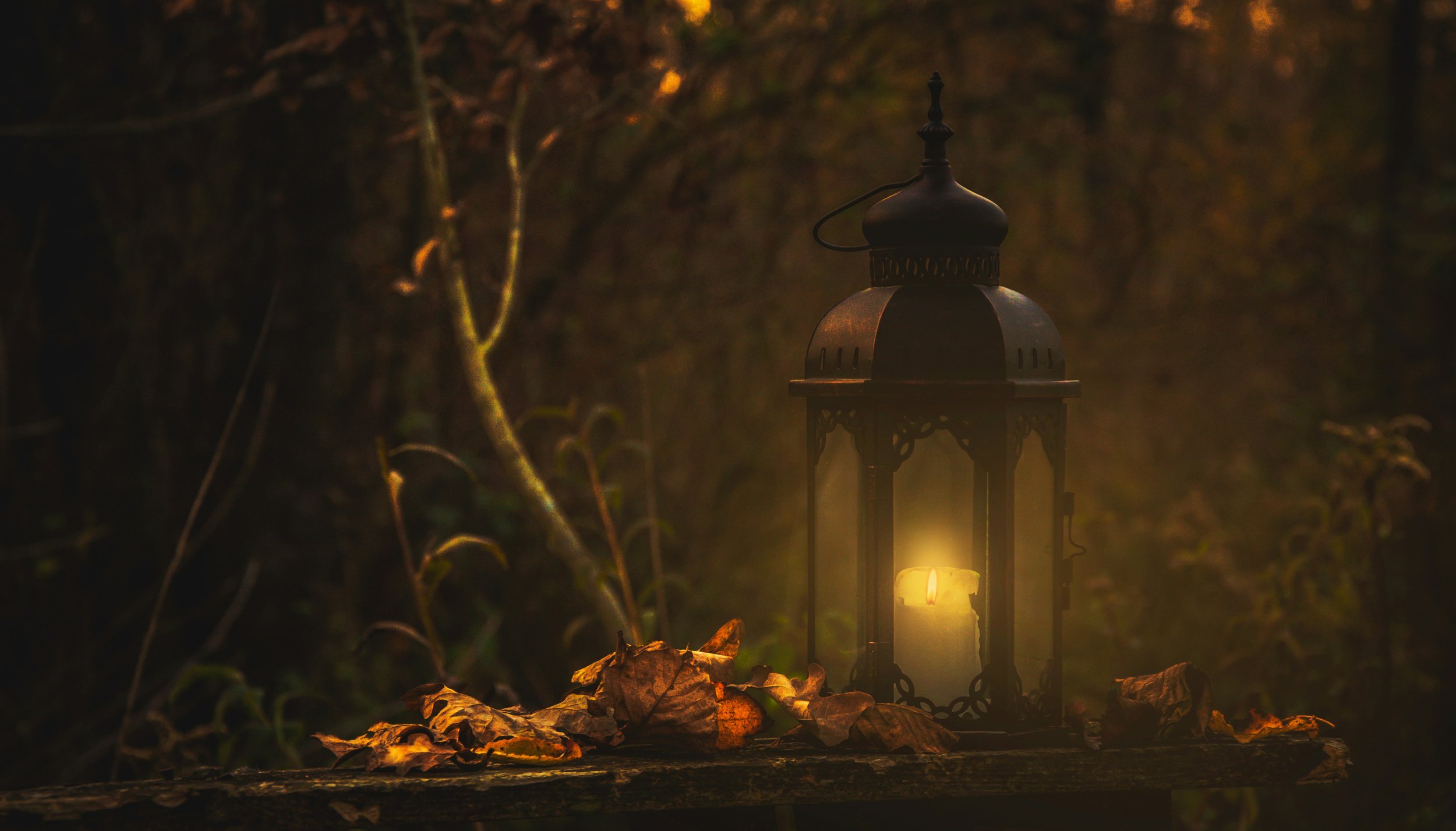
Enneagram Stories
Deeper Wisdom
We have been looking at personality and Enneagram types from the perspective of an individual life. Discovering your type, reflecting on your sensitivity to an essential quality and how this helps explain your life story, your gifts and your challenges is helpful in making meaning of your life and empowering because it points to alternative possibilities.
It's also true that we can find every type within ourselves. The Enneagram shows us the nine types as facets of a whole, the outer circle representing this unity. You are particularly connected to the types on either side of yours, known as “wings”, and the types connected to yours by inner lines. But you are also connected to every other type on the circle. You could say all of humanity is represented by the circle.
Taking the perspective of the whole we see that the Enneagram speaks to our collective human experience. The nine types correspond to archetypes that show up in myths, fairytales and stories because they are universal. Stories are a fun way to explore the themes of the types and how they concern us all.
“Myths reconnect us to our true selves. On top of that, these stories make us remember our connection to the collective energy and the deeper soul of the world. They bring us back to our core and connect us to our heart and our innermost essence. By listening, sharing and remembering these old stories, a deep, primal and ancient part of us is activated within us. Whereas facts talk to our mind, stories talk to our heart. We identify with them and realize that we all share a common ground.”
The Experience of the ONE
Once upon a time…
there was a battle between good and evil.
Many fairy tales, stories and movies revolve around this battle. The wicked witch, the big bad wolf, Darth Vader and Voldemort represent forces of evil in the world that must be defeated. Even God has a counterpart in the Devil.
There is universal truth to this “problem” of evil, and this is the theme of One. We see evil in the world, we can’t explain it, we must fight it. We confront the forces of evil in our stories.
The woodcutter rescues good Little Red Riding Hood, who is bringing a gift to her sick grandmother, from the wicked wolf who (again) wants to eat her.
Innocent Hansel and Gretel outwit the witch who wants to eat them after being abandoned by their father for the evil stepmother. How truly frightening and horrifying is this?
There is truth about the world in these stories - there are bad forces out there that must be overcome. Working through the existence of good and evil and how to cope with this reality is very important for us as humans. Through such stories, children learn that good triumphs and they can face the bad things that happen in life.
Over and over, we see that good will triumph in the end through these stories. We confront the dark forces and see we will survive. Often the forces of good are magical - Luke Skywalker finds “the force” and Harry Potter uses the Elder Wand to kill Voldemort. We learn that something magical and mysterious ultimately protects the good.
In many genres there are the “good guys” and the “bad guys.” Cop stories, westerns, gangsters, villains, outlaws, and so on. A theme of opposing good and bad forces is probably present in almost every story, just as there are the good, the bad and the ugly in life.
We all have both good and bad inside - we all must manage these forces within ourselves- and we all must struggle with the reality of evil in the world. This is the universal story of One, and the One in all of us.

The Experience of the Two
Once upon a time….
we found true love.
Many fairy tales, stories and movies are about finding true love - perhaps love is the most universal theme of all. Often there are pitfalls, confusions and great sacrifices necessary before true love is found. Love can even cause death - Romeo and Juliet for example, the “star-crossed lovers.”
Many Twos resonate with the story of Cinderella. Perhaps it is because Cinderella is so kind and selfless, and she is badly mistreated but remains cheerful. Cinderella’s rescue depends on her true worth being seen despite her lowly appearance - Prince Charming insists that she be given a chance to try on the glass slipper and it fits. There is also a magical aide in the Fairy Godmother - Cinderella makes a wish, and her circumstances change. In the Disney version, she sings “A Wish is a Dream Your Heart Makes.” Cinderella seems passive but she is rewarded for her kind heart.
Beauty and the Beast is another story of love and kindness. There are many versions of the original tale, but Disney has become the most well known. Recall that at the beginning of the story the Prince turns away the Beggar Woman who appears at his door asking for shelter in exchange for a rose. The Prince, who has everything his heart desires, is spoiled and selfish. He sneers at the gift of the rose and rejects the haggard old woman. She warns him “not to be deceived by appearances for beauty is found within” and she is then revealed to be a beautiful Enchantress.
Because she sees there is no love in his heart, the Enchantress transforms the Prince into the Beast and places a powerful spell on him and the whole castle. The rose would bloom for many years, but if he did not learn to love another and earn another’s love before the last petal fell, he would remain a Beast forever.
The Beast does earn the love of Beauty, who loves him for his kind heart despite his monstrous appearance. The Beast selflessly allows Beauty to leave the castle to visit her father knowing the rose will die and he will be cursed forever. Beauty selflessly returns and falls in love with the Beast who is transformed back into the handsome Prince. Again, we see that self-sacrifice is the sign of true love and the heart is more important than appearances, both universal Two themes.
In more current terms, our culture is full of romantic stories - you can find an unlimited supply in books and movies. Do you remember this scene from Sleepless In Seattle where the female characters cry watching An Affair To Remember? Stories about finding the perfect person, overcoming impediments, and ending happily in true love is what we like to watch when we put our feet up - even if it makes us cry.
Almost all stories are love stories in one way or another - love for a child, a dog, a horse, a place and so on - some relationship usually motivates the action. Love stories speak to the Two in all of us, the part of us that is our heart, that knows that “love makes the world go round.”
The Experience of the Three
Three stories can also concern finding out what is truly precious. In the Greek myth, King Midas is granted his wish that everything he touches will turn to gold. At first, he is delighted as his furniture turns to gold, but then his food and drink become gold and he chokes. He hugs his daughter and turns her into a statue of gold. Midas is granted his wish to reverse the spell and thereafter is a good and generous King, sharing all his resources with his people.
Seeking our fortune. Many fairy tales, stories and movies explore seeking one’s fortune, searching for hidden treasure, finding the pot of gold, going from “rags to riches” and having to prove one’s worth to be awarded a prize, such as the Princess’s hand in marriage. Some of these stories feature magical assistance but there is an aspect of the character’s ambition and effort that initiates the process of finding success.
The story of The Three Little Pigs stresses the value of industriousness and hard work. The third pig, who builds his house out of brick, survives because the wolf is unable to “blow his house down.”
In type Three stories, the “get up and go” or resourcefulness of the character leads to success.
In Jack and The Beanstalk, Jack is sent off by his mother to sell the family cow because they are in dire poverty. Jack meets a man on the road and trades the cow for five magic beans, much to his mother’s dismay. Jack seems like a fool, but the beans really are magic and grow overnight into a tall beanstalk that reaches into the sky. Climbing up, Jack encounters the giant, outwits him, and recovers a bag of gold, a goose that lays golden eggs and a golden harp. In the end, Jack kills the giant who is chasing him by chopping down the beanstalk. His family prospers ever after. Jack is a boy who makes the best of his opportunities. The beanstalk is a symbol of rapid social climbing. The “rags to riches” story is about the issue of poverty, the family is starving and forced to sell their cow, and how wealth can be obtained- a bit by magic but also by Jack’s effort of literally climbing upwards and making the most of his wits.
In Rumpelstiltskin, a miller foolishly tells the King his daughter can spin straw into gold. The king imprisons the daughter and leaves her night after night with a pile of straw to spin into gold under pain of death. A strange gnomelike creature, Rumpelstiltskin turns up and does the spinning for her but for a price – first her necklace, then her ring and then on the third night when she has nothing left to give, he extracts a promise that she will give him her firstborn child. When the day comes that she has a child, the girl begs Rumpelstiltskin to release her from her promise. Rumpelstiltskin agrees if she can discover his name within three days. The girl overhears his name when Rumpelstiltskin is gloating over his good fortune and says it out loud, so in the end she saves her child. We discover that what is truly precious is not gold but the child.
The universal themes of what is truly valuable and how to succeed in life speak to the Three in all of us, the part of us that must set out in the world to seek our fortune including discovering what is truly precious.



